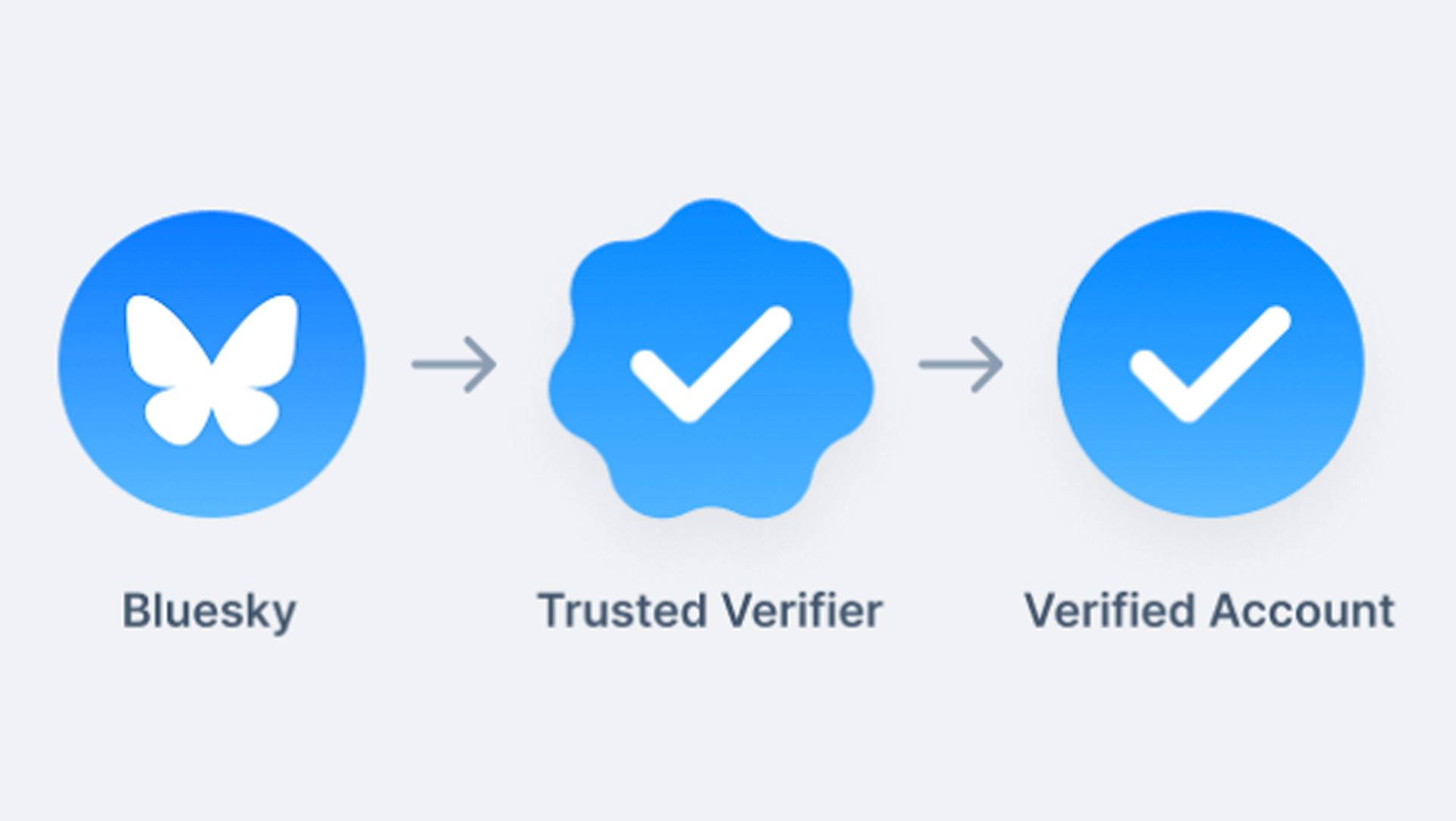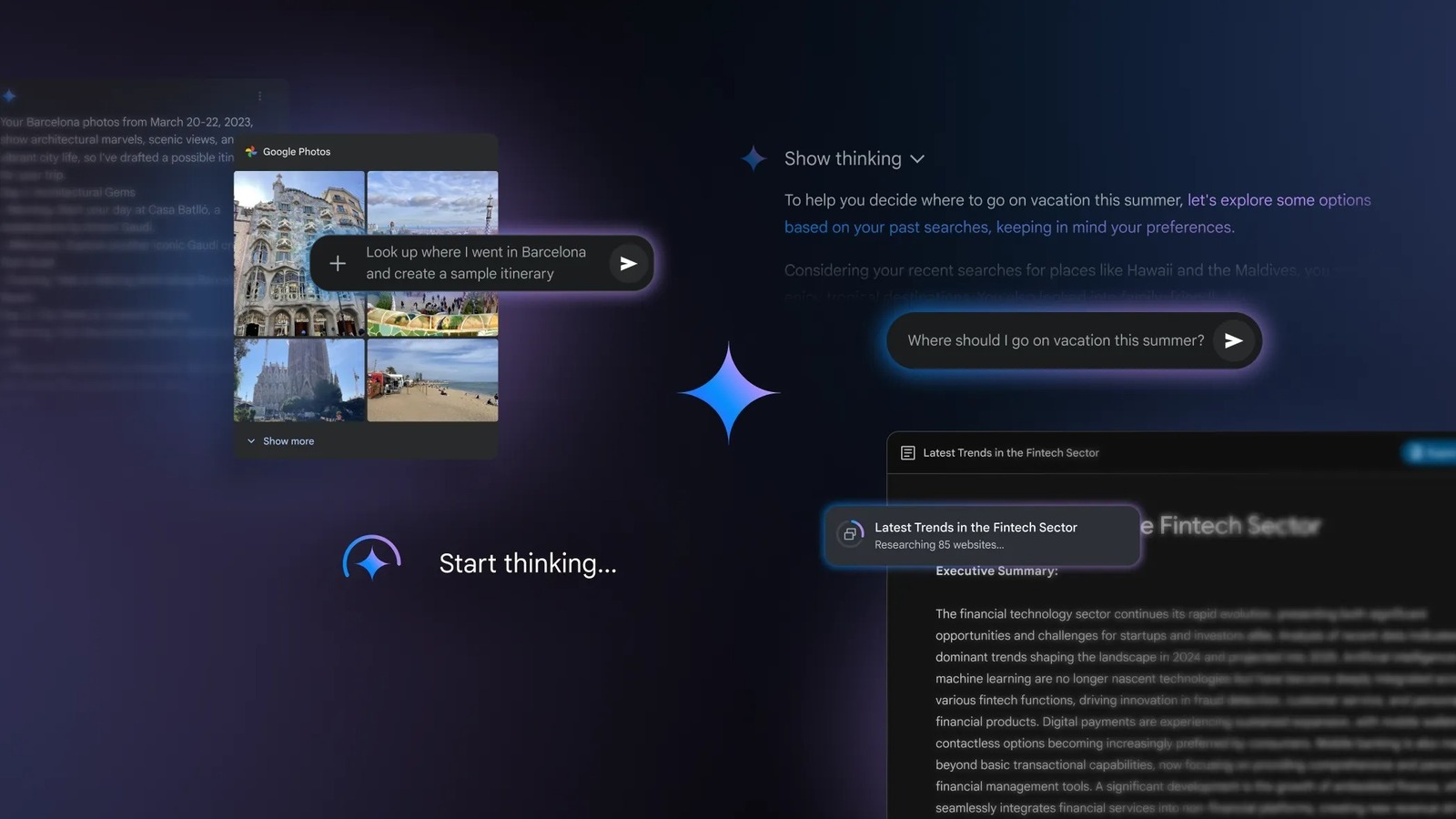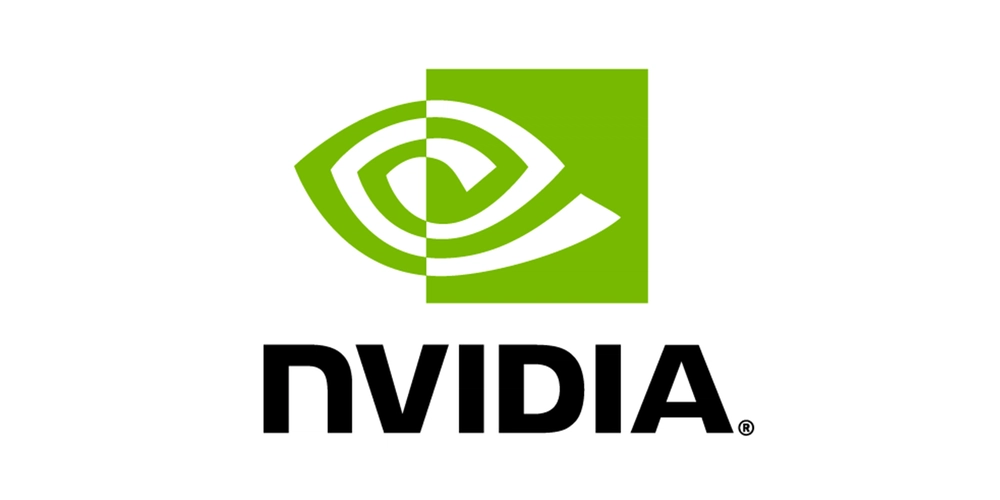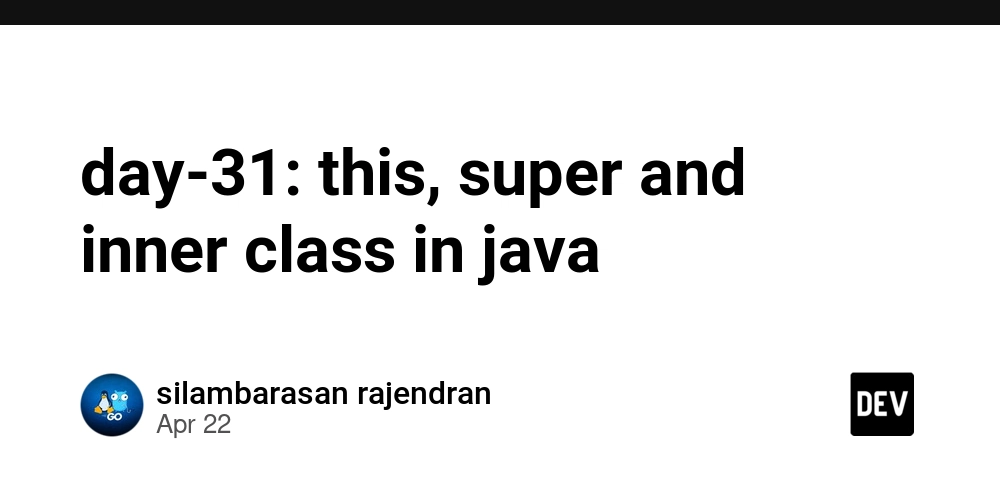WinZip MotW Bypass Vulnerability Let Hackers Execute Malicious Code Silently
Cybersecurity researchers have discovered a critical vulnerability in WinZip that enables attackers to bypass Windows’ Mark-of-the-Web (MotW) security feature, potentially allowing malicious code to execute without warning on victims’ computers. This serious security flaw, tracked as CVE-2025-33028, affects WinZip installations up to version 29.0 and has received a high severity CVSS score of 7.8. Mark-of-the-Web […] The post WinZip MotW Bypass Vulnerability Let Hackers Execute Malicious Code Silently appeared first on Cyber Security News.

Cybersecurity researchers have discovered a critical vulnerability in WinZip that enables attackers to bypass Windows’ Mark-of-the-Web (MotW) security feature, potentially allowing malicious code to execute without warning on victims’ computers.
This serious security flaw, tracked as CVE-2025-33028, affects WinZip installations up to version 29.0 and has received a high severity CVSS score of 7.8.
Mark-of-the-Web is a Windows security mechanism that flags files downloaded from the internet, triggering warnings when users attempt to open potentially dangerous content. Researchers found that WinZip fails to maintain this important tag when extracting files from downloaded archives.
WinZip MotW Bypass Vulnerability
“When extracting files from an internet-downloaded ZIP archive, WinZip doesn’t propagate the MotW tag to the extracted files,” explained security researcher Enis Aksu, who discovered the vulnerability. “This allows dangerous files like macro-enabled Office documents to run without security alerts, creating a silent attack vector”.
The exploitation process is straightforward: attackers create a malicious file (such as a .docm file with dangerous macros), compress it into an archive, distribute it via phishing or compromised websites, and when victims extract it using WinZip, the extracted files execute without triggering the usual security warnings.
This vulnerability is particularly concerning because it allows attackers to bypass a fundamental Windows security control with minimal technical expertise. Successful exploitation could lead to unauthorized code execution, privilege escalation, and data theft – all while appearing legitimate to the end user.
The flaw represents an incomplete fix for a previously identified issue (CVE-2024-8811), suggesting ongoing challenges in securing archive extraction processes.
Similar MotW bypass vulnerabilities have recently affected other popular archive utilities, including 7-Zip (CVE-2025-0411) and WinRAR (CVE-2025-31334), indicating a troubling trend in archive software security that attackers exploit.
With the release of version 7.11, WinRAR has addressed a critical Mark of the Web (MOTW) bypass vulnerability. This patch enhances the application’s security by mitigating the risk associated with exploiting MOTW in potential attack vectors.
With no patch currently available for this specific WinZip vulnerability, users should:
- Exercise extreme caution when opening archive files from untrusted sources
- Consider using alternative archive utilities with proper MotW handling
- Scan all extracted files with updated antivirus software before opening
- Disable automatic execution of macros in Office applications
Enterprise administrators should implement additional controls to monitor and restrict the execution of newly extracted files in corporate environments.
The discovery highlights how even routine file operations can create significant security exposures when protective measures fail, reinforcing the need for defense-in-depth approaches to cybersecurity.
With attackers increasingly targeting archive utilities, users must remain vigilant when handling files from untrusted sources.
Malware Trends Report Based on 15000 SOC Teams Incidents, Q1 2025 out!-> Get Your Free Copy
The post WinZip MotW Bypass Vulnerability Let Hackers Execute Malicious Code Silently appeared first on Cyber Security News.










































![Mobile Legends: Bang Bang [MLBB] Free Redeem Codes April 2025](https://www.talkandroid.com/wp-content/uploads/2024/07/Screenshot_20240704-093036_Mobile-Legends-Bang-Bang.jpg)























![Apple Releases iOS 18.5 Beta 3 and iPadOS 18.5 Beta 3 [Download]](https://www.iclarified.com/images/news/97076/97076/97076-640.jpg)
![Apple Seeds visionOS 2.5 Beta 3 to Developers [Download]](https://www.iclarified.com/images/news/97077/97077/97077-640.jpg)
![Apple Seeds tvOS 18.5 Beta 3 to Developers [Download]](https://www.iclarified.com/images/news/97078/97078/97078-640.jpg)
![Apple Seeds watchOS 11.5 Beta 3 to Developers [Download]](https://www.iclarified.com/images/news/97079/97079/97079-640.jpg)













![What’s new in Android’s April 2025 Google System Updates [U: 4/21]](https://i0.wp.com/9to5google.com/wp-content/uploads/sites/4/2025/01/google-play-services-3.jpg?resize=1200%2C628&quality=82&strip=all&ssl=1)





















































































































































































![[The AI Show Episode 144]: ChatGPT’s New Memory, Shopify CEO’s Leaked “AI First” Memo, Google Cloud Next Releases, o3 and o4-mini Coming Soon & Llama 4’s Rocky Launch](https://www.marketingaiinstitute.com/hubfs/ep%20144%20cover.png)
























































































































![BPMN-procesmodellering [closed]](https://i.sstatic.net/l7l8q49F.png)

















![From fast food worker to cybersecurity engineer with Tae'lur Alexis [Podcast #169]](https://cdn.hashnode.com/res/hashnode/image/upload/v1745242807605/8a6cf71c-144f-4c91-9532-62d7c92c0f65.png?#)





































.jpg?#)
.jpg?#)























































.webp?#)



